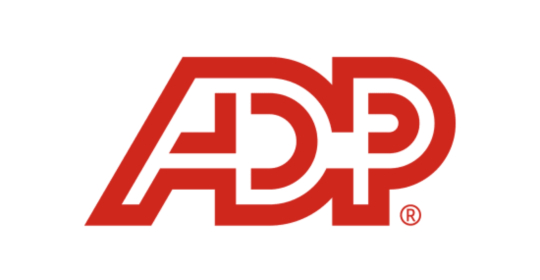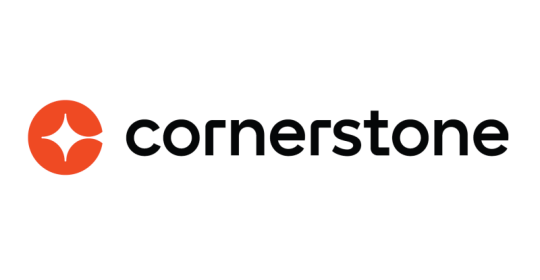Many companies are now engaged in a relentless pursuit of a limited pool of talent, each organisation striving to stand out amidst a sea of competitors. As we enter 2024, Advanced investigates how the focus has increasingly shifted from the end of last year:
- Approximately 87% of HR professionals expect hiring in 2024 will continue to be a challenge
- HR professionals need to foster a strong people experience to retain and attract talent, as 86% of employees say they’ll quit a job if it doesn’t support their well-being
- 92% of workers think that learning and development through soft skills are integral to career advancement
The current HR landscape
The primary challenges for 2024 identified by HR professionals are hiring skilled workers, fostering a strong people experience as well as providing plenty of learning and development opportunities. HR professionals need to be proactive in incorporating personalised social learning into leader’s work lives.
As a leader in cloud-based core HR software, Advanced scrutinises what HR looks like for companies in 2024, including the best strategies HR professionals can use to retain talent and tackle salary inflation.
Salary inflation and pay on demand
From August to October 2023, employee average total earnings (including bonuses) had grown by 7.2% and continue to stay strong. But, as wages rise, more people will have to pay income tax at higher rates — and the demand for extended cost of living payments shows many are feeling the squeeze into the new year. To combat this, HR teams can suggest more flexible payment methods for employees. Pay-on-demand means employees can receive wages as they earn them, which breaks away from the traditional weekly or monthly pay cycles.
Nick Gallimore, Managing Director of People Management at Advanced, adds: “Wages in real-time can ease financial strains for employees and have the option for them to withdraw a portion of their salary ahead of the regular pay cycle for emergencies or unusual circumstances. In this current economic climate, flexible salary options are a valuable way to retain and attract talented employees who need a financial safety net”.
Rewards & well-being
Salary increases are always a hit, but they’re not the only incentive for employees. Benefits and rewards such as health and wellness packages, flexible leave and awards for performance can go a long way to provide employees with reasons to stay at a company. In a recent survey, 42% of respondents wanted their employers to offer flexible working hours as a top benefit, followed by five weeks minimum leave and the ability to work where they want. Born out of COVID-19 adjustments, the hybrid/ remote working model has become a staple of modern workplace structures.
“Incidences of organisations attempting to impose widespread returns to older, more rigid models- particularly in high profile cases such as with X, have led to many employees choosing to move on from their places of work.” Nick Gallimore notes. “The message is clear- regardless of salary, if organisations fail to offer a degree of workplace flexibility in line with the demands of today’s workforce, they risk an exodus of talent.”
Achieving a healthy work-life balance shows workers also prioritising mental well-being and flexible working. Research by the Executive Development Network found that 86% of employees will quit a job if it doesn’t support their well-being. Increasingly, employees want to feel a sense of distinct personal purpose and value at a company. Management should focus on embedding a strong people experience by listening to employees through employment surveys and reviewing continuous feedback.
Optimising internal mobility
One of the main reasons people end up leaving their jobs is due to the lack of learning and development opportunities. And, there’s a healthy demand out there, affecting retention rates. In fact, a report conducted by social enterprise Skills Builder Partnership found that 51% of workers had missed out on soft skills training. Further, 92% thought that soft skills such as communication, teamwork and adaptability were integral to their career. HR professionals should remind their business leaders to not only make sure they’re offering a competitive salary for any position but also clearly show candidates and current employees clear career advancement pathways.
Employees aware of their advancement prospects through continual training and development are more engaged and likely to stay. If the organisation scales up, workers deserve their earnings to scale up with the company. Earning more is always a strong incentive, which is why HR departments should focus on communication effectively.
What’s next?
Business management and leadership teams need to work with their HR departments to fundamentally understand and respond to what their employees and the market think of them. This is vital to retain and attract talented individuals despite external and socio-economic challenges. Explore flexible working, payment benefits and reward schemes specific to employee feedback in a creative and agile way. Consistent assessment of your organisation’s appeal to new candidates and current workers is key in developing strategies which meet the needs of the modern workforce.
Visit Advanced’s blog for a more detailed breakdown of how HR professionals can help retain and attract talent.






